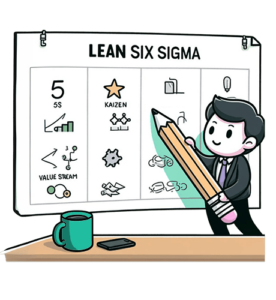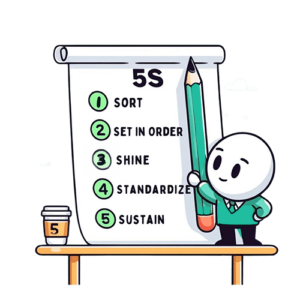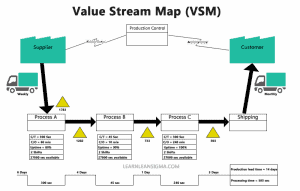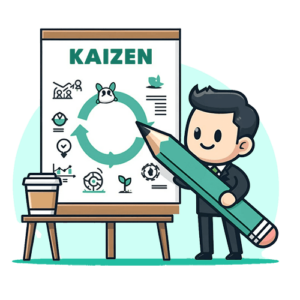
Guide: Lean Tools
Lean tools are methods to improve efficiency and reduce waste. Key tools include 5S for organization, Kaizen for continuous improvement, and Kanban for workflow management, enhancing productivity across various industries.
Author: Daniel Croft
Daniel Croft is an experienced continuous improvement manager with a Lean Six Sigma Black Belt and a Bachelor's degree in Business Management. With more than ten years of experience applying his skills across various industries, Daniel specializes in optimizing processes and improving efficiency. His approach combines practical experience with a deep understanding of business fundamentals to drive meaningful change.
×

 Lean thinking is about creating more value for customers with fewer resources. It focuses on optimizing processes by eliminating waste, which can be anything that doesn’t add value to the final product or service. The goal is to create a more efficient workflow that delivers higher quality at lower costs. Waste in this context can include excess inventory, unnecessary steps in a process, or defects in products that require rework. By targeting these inefficiencies, Lean thinking helps organizations become more agile, competitive, and responsive to customer needs.
Lean thinking is about creating more value for customers with fewer resources. It focuses on optimizing processes by eliminating waste, which can be anything that doesn’t add value to the final product or service. The goal is to create a more efficient workflow that delivers higher quality at lower costs. Waste in this context can include excess inventory, unnecessary steps in a process, or defects in products that require rework. By targeting these inefficiencies, Lean thinking helps organizations become more agile, competitive, and responsive to customer needs.





